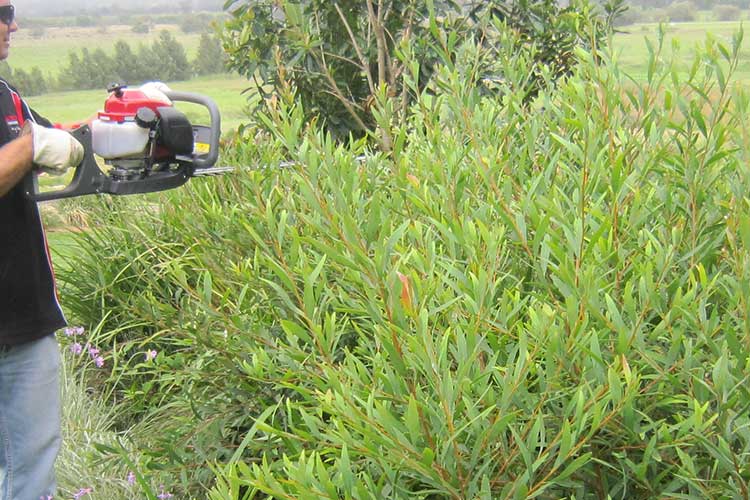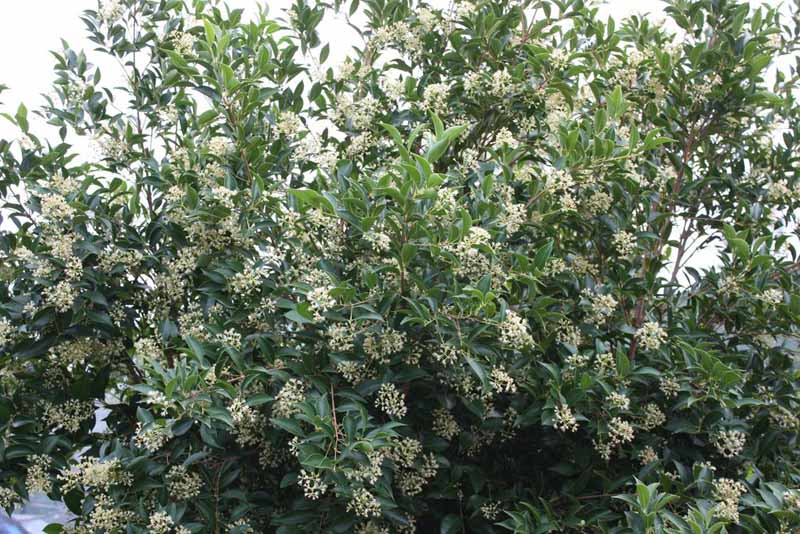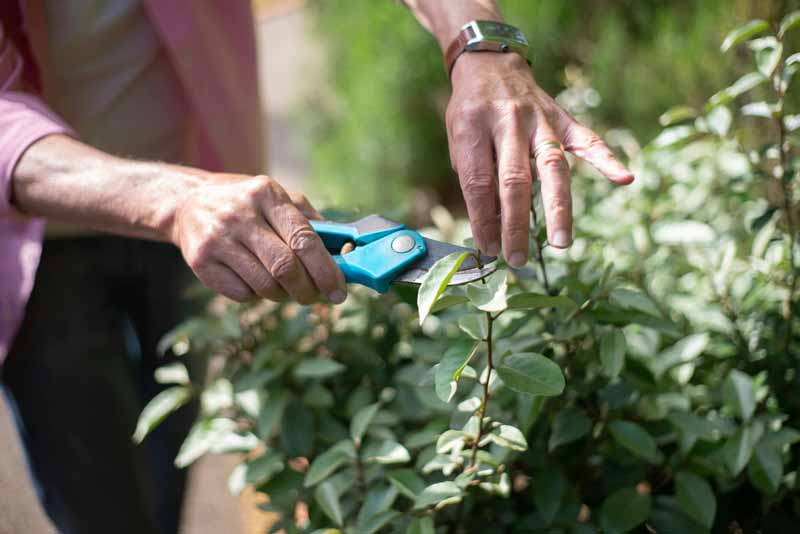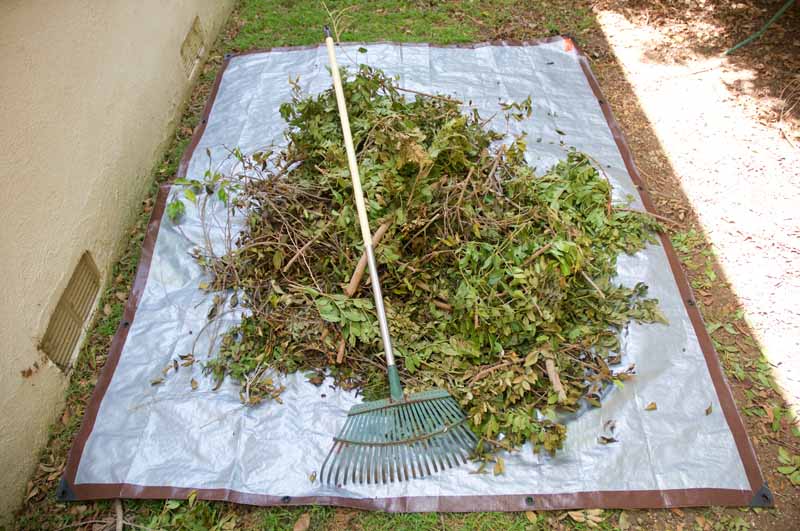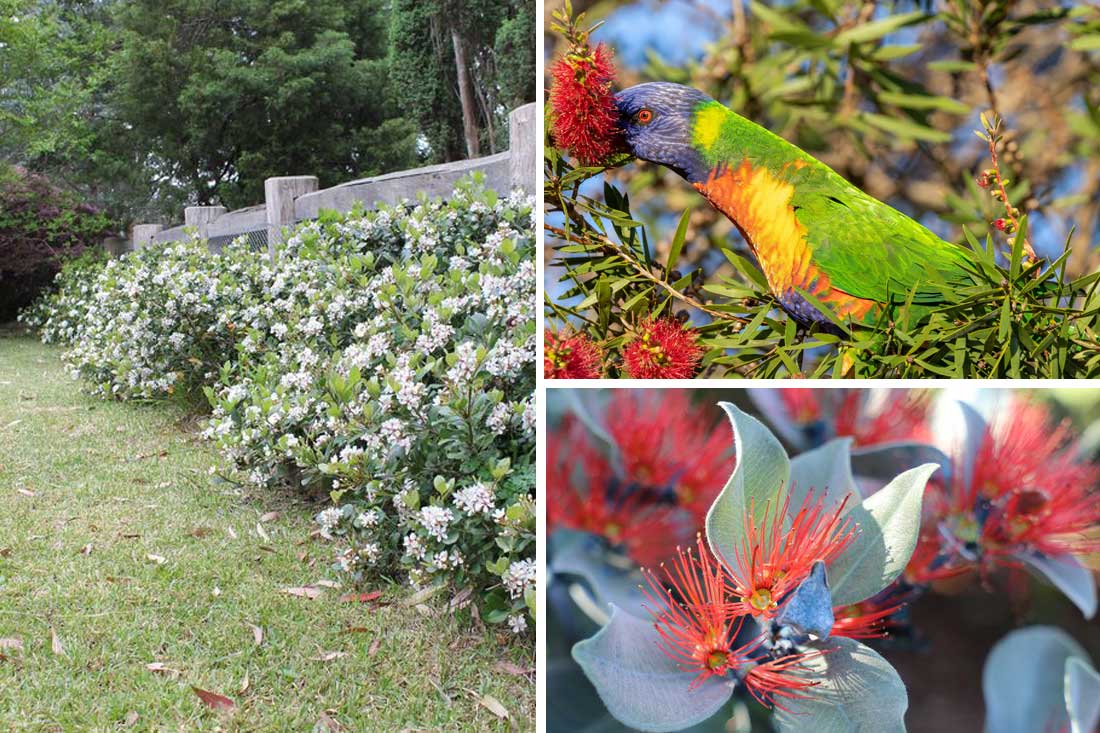Informal yet dense hedges have been used for centuries as wind breaks, privacy screening and fences. They worked well were space was plentiful. Tightly clipped hedges on the other hand were once the denizen of the formal garden. With the availability and improvements to hedge pruning tools, tightly clipped hedges can be part of any garden.
Whether you have formal tightly clipped hedges or loose informal hedges, care is required in the selection of the plants used and in maintaining the hedge.
A formal hedge is usually characterised by its tightly clipped nature and neat shape and form. Formal hedges usually work best with plants that have small leaves so that the regular clipping does not leave messy torn leaves or bare patches.
In contrast an informal hedge or even a semi- formal hedge relies more on the naturally compact and dense nature of the plant and is pruned far less often than a formal hedge.
Care requirements for both styles of hedges are similar however the formal hedge will require more consistent and regular care than the informal hedge.
Pruning is possibly the most essential care requirement of a hedge.
The frequency of pruning a hedge will depend on how tight a shape you wish to achieve and the growth rate of the hedge. This may only need to be done once or twice a year in cool areas and is not uncommon to be required once or twice a month in tropical and subtropical areas – depending on the species of plant being hedged.
All hedges will be happier if pruning removes only small amounts rather than a heavy prune. This may result in the hedge requiring pruning more frequently and is a common mistake made by gardeners. Small amounts more often will result in a much healthier and neater hedge than will large prunes less often. As a rule of thumb, you should be removing no more than approximately 5cm of growth (depending on the species of hedge) and should never be cutting back to bare stems. A well pruned hedge will not have exposed stems or bare patches.
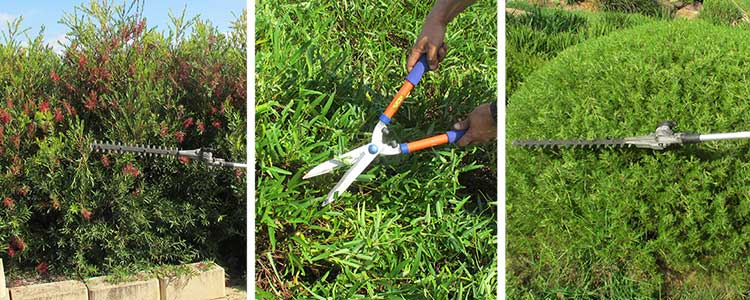
A heavy prune may be required to restore an overgrown or neglected hedge, but should never be needed for a well-tended hedge. If you find you have to cut into old wood, ensure you are using tools which are adequate for the task and are not breaking or tearing branches. Cut the branches at least 10 cm below the desired height of the hedge, so that as it regrows you will not need to cut into the old wood again in order to maintain the hedge at its desired height. After a heavy prune a hedge should always be fertilised with an organic or slow release fertiliser and watered well to encourage healthy regrowth.
Hedges should be pruned from bottom to top rather than the other way around. This prevents the hedge trimmer from flattening the leaves rather than cutting them. Hedges should also always be cut so that the base of the hedge is a little wider than the top. This allows for the lower branches to receive a little more light and be less shaded from the branches above and reduces the occurrence of bare branches at the base of the hedge were it becomes too dark to support good leaf growth.
If you have trouble getting a straight line when trimming a hedge a string line can help. Alternatively get a professional to trim the hedge once off, and from then on follow the line already created, taking no more than 5cm off each time.
If the hedge is showing any signs of disease, prunings should be removed and disposed of appropriately. If the hedge is healthy the small amount of prunings can be quite safely left to decompose under the hedge where they will return nutrients to the plant. Excessive prunings or any mulch should not be allowed to build up below the hedge as this will pose a risk of fungal disease.
A hedge that is pruned more often will require more fertilising and more water than a hedge which is pruned less often. An organic or slow release fertiliser is preferable. Fertiliser should always be applied when the plant is not water stressed, and should be watered in well. Four applications of fertiliser per year may be needed for fast growing and regularly pruned hedges, most hedges however will only require 2 applications per year, and will depend on the fertiliser requirements of the plants used.
Watering of hedges will be determined by the water requirements of the plants used. Many hedge plants, including many lily pillies, murraya and English box will drop leaves during times of drought. This is a survival strategy and they will generally recover well when water returns, provided the period of drought is not too extended. Hedges without leaves are generally not desirable so additional water may be required to maintain dense hedges during times of drought.
Excessive watering and or fertilising of hedges will usually result in faster growth and will require increased pruning. It can also result in softer growth with higher sugar levels which is far more attractive to sap sucking insects. A hedge which grows more quickly usually has a less dense shape and will require more frequent pruning, therefore it is best to restrict watering and fertilising to only what is required to keep the hedge healthy according to the requirements of the plant variety selected.
An informal hedge will require far less pruning and care than a formal hedge, and may only need pruning every 2 or 3 years.
With good care a hedge is a wonderful asset to a garden, and need not be a difficult or onerous task to keep in shape if pruned appropriately.
*Article published by Kate Wall

